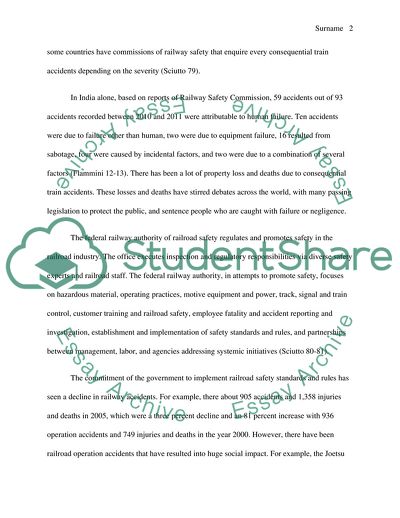Cite this document
(Safety in Railway Construction Coursework Example | Topics and Well Written Essays - 2500 words, n.d.)
Safety in Railway Construction Coursework Example | Topics and Well Written Essays - 2500 words. https://studentshare.org/engineering-and-construction/1852095-railway-safety
Safety in Railway Construction Coursework Example | Topics and Well Written Essays - 2500 words. https://studentshare.org/engineering-and-construction/1852095-railway-safety
(Safety in Railway Construction Coursework Example | Topics and Well Written Essays - 2500 Words)
Safety in Railway Construction Coursework Example | Topics and Well Written Essays - 2500 Words. https://studentshare.org/engineering-and-construction/1852095-railway-safety.
Safety in Railway Construction Coursework Example | Topics and Well Written Essays - 2500 Words. https://studentshare.org/engineering-and-construction/1852095-railway-safety.
“Safety in Railway Construction Coursework Example | Topics and Well Written Essays - 2500 Words”. https://studentshare.org/engineering-and-construction/1852095-railway-safety.


